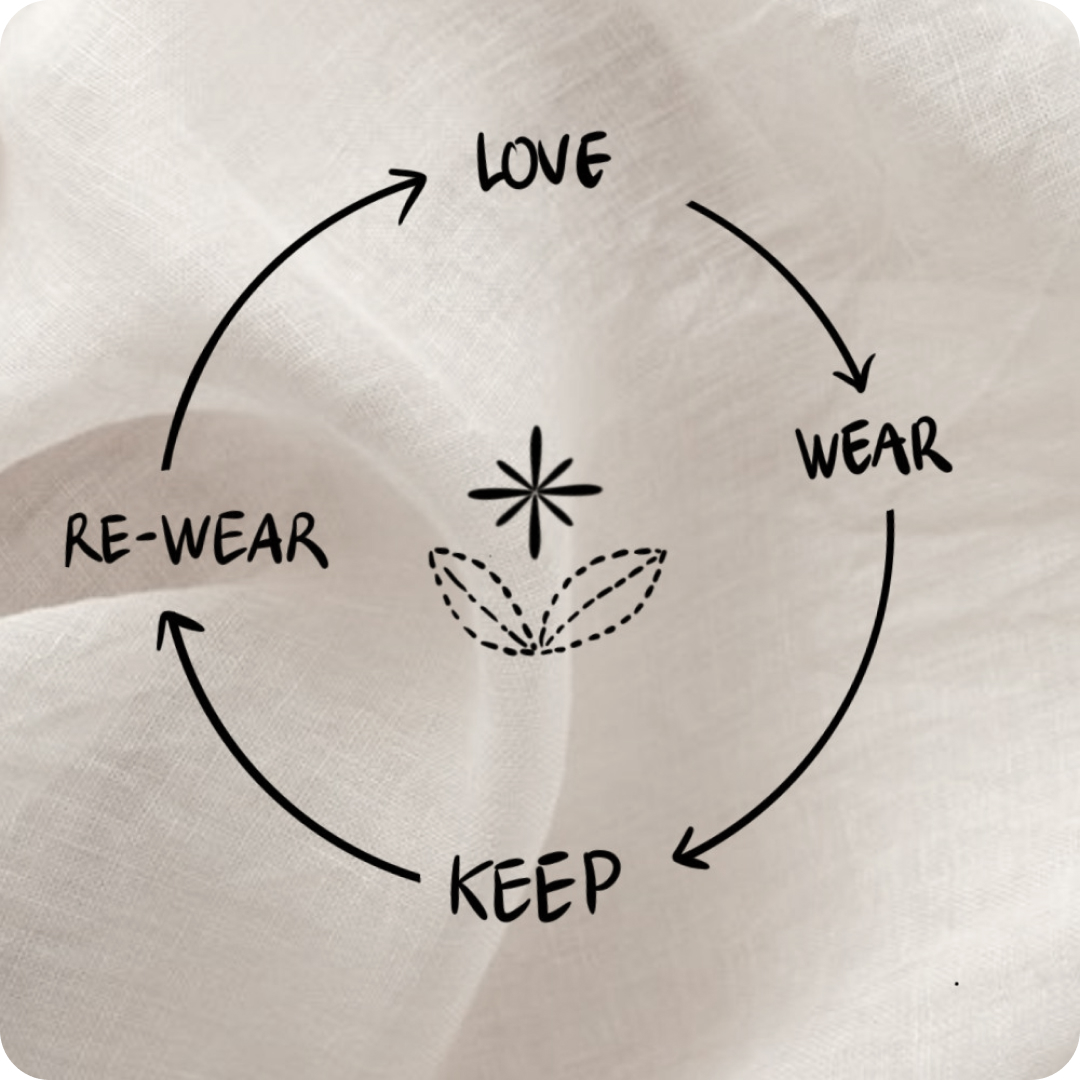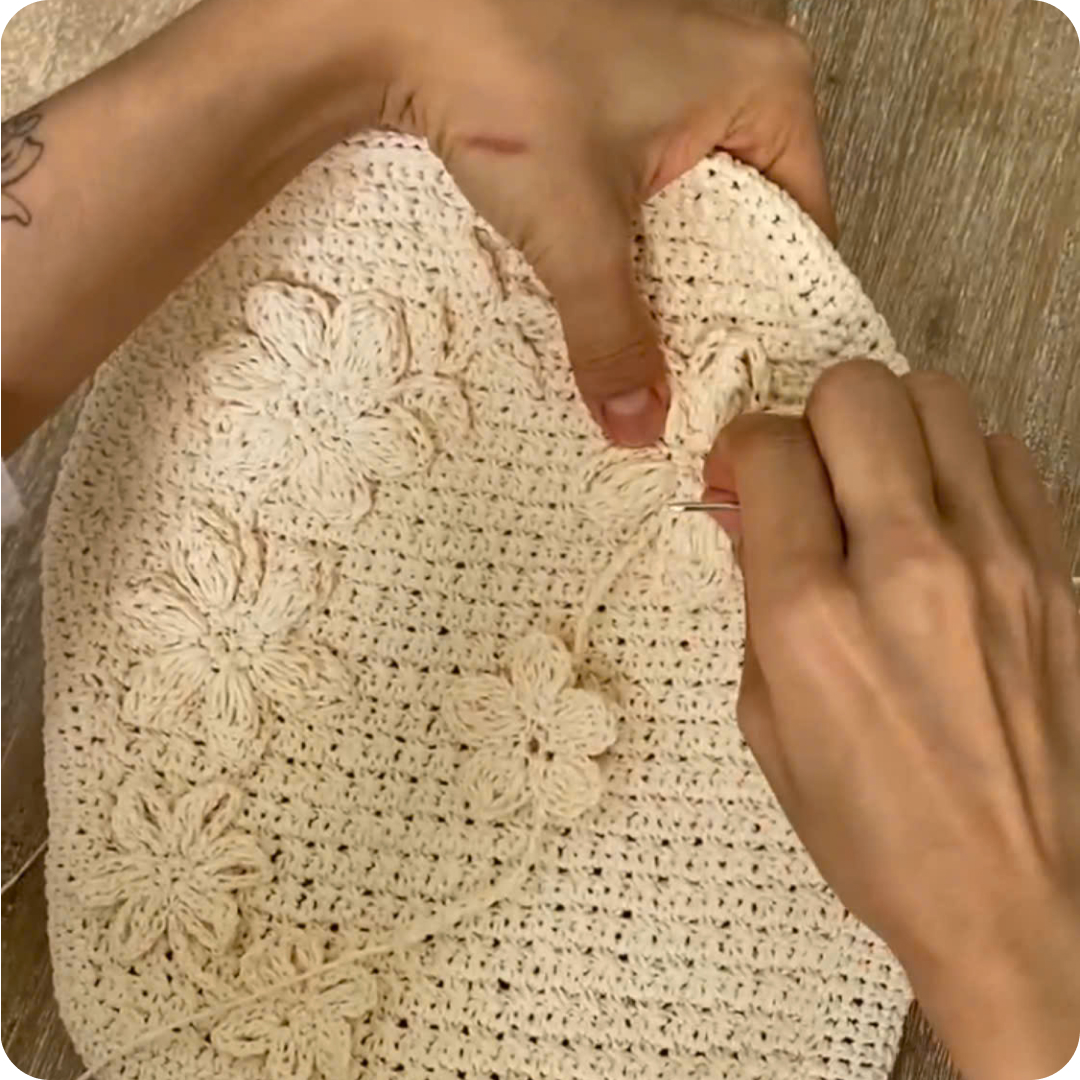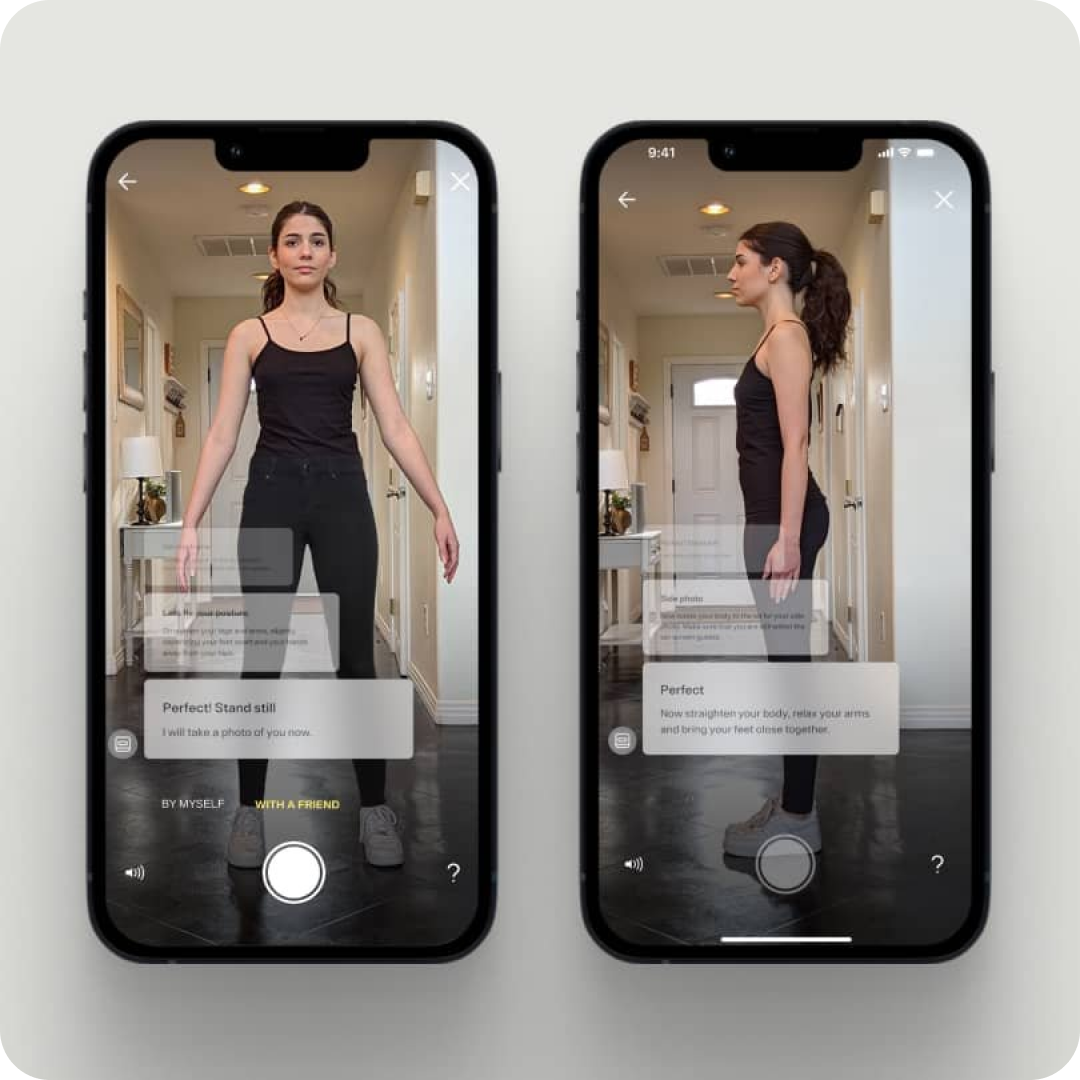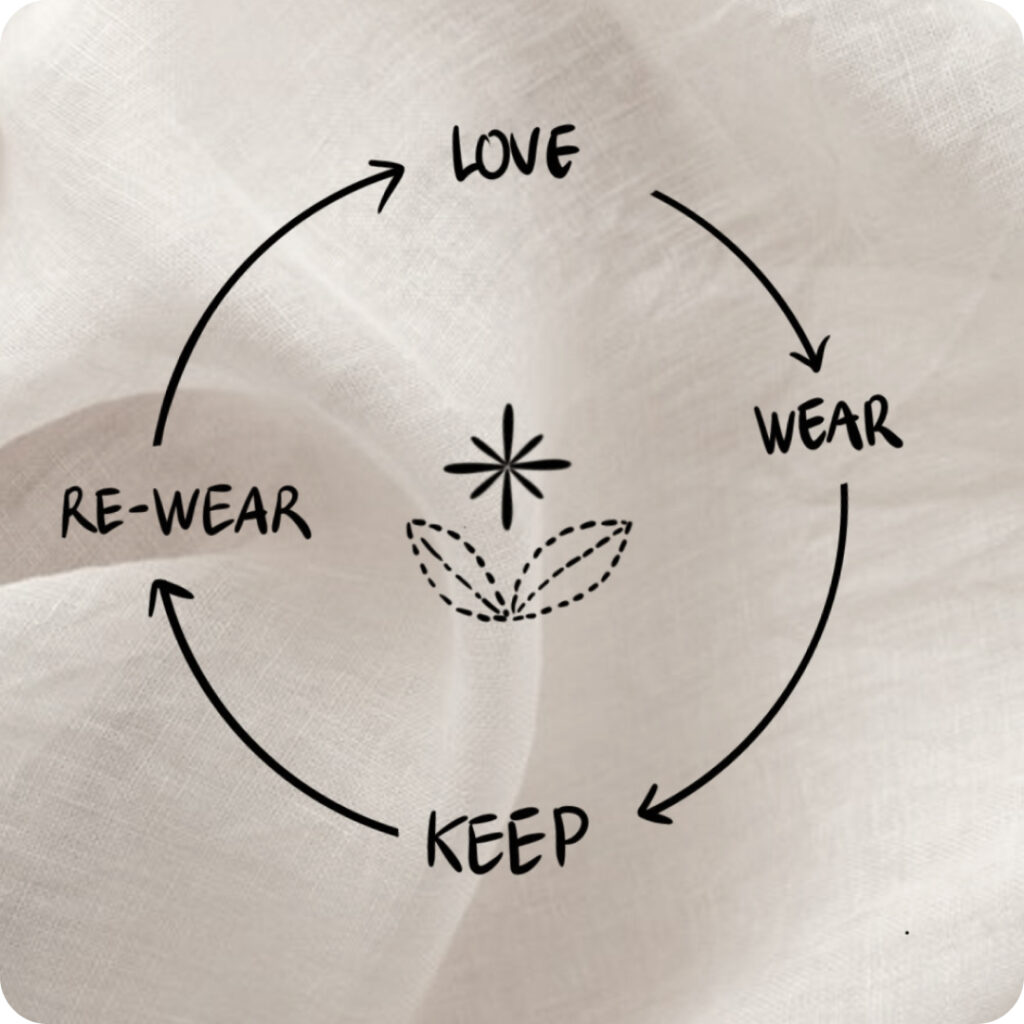Fashionista Nova: 3D Grapher’s Style Revolution
Fashion has always been a vibrant and ever-changing industry, adapting to fashionista nova. However, in recent times, we have experienced an extraordinary transformation that can only be characterized as a technological renaissance in the field of design. Today, we explore the essence of this evolution, where skilled 3D grapher professionals, state-of-the-art 3D rendering, and scanning technologies are shaping the future form of fashion-forward individuals.
Fashionista Nova
3D fashion styling involves fashionista nova using technology to visualize clothing designs (Internet Source)
The implementation of 3D render technology has been nothing short of revolutionary. Gone are the days when designers relied solely on sketching and stitching to realize their visions. Now, with the click of a button, entire collections can be visualized, edited, and perfected in virtual environments. This not only speeds up the creative process but also opens a new realm of possibilities for textures, draping, and fit without the waste of material resources.
Scan tech 3D takes this innovative streak even further, transporting the intricacies of the corporeal world into the digital domain with impeccable precision. It allows designers to understand and tailor to the human form with an accuracy that was once implausible. Designers can now conduct full body scans, ensuring that each design is not just aesthetically appealing but also ergonomically sound.
Gucci began its journey with 3D modeling in the early 2000s. (Internet Source)
The 3D Grapher Revolution
Scanning technologies have also revolutionized how we conceive bespoke fashion. By capturing the precise body measurements of an individual, the technology facilitates tailor-made creations that are the epitome of comfort and style. This has profound implications for inclusive fashion, as it enables designers to cater to a broad spectrum of body types, celebrating diversity in all its forms.
Moreover, these technological strides contribute significantly to sustainable fashion practices. With 3D modeling and rendering, the ‘trial and error’ part of crafting a garment can be done virtually. This translates to a significant reduction in fabric waste, a smaller carbon footprint, and ultimately, a more environmentally conscious approach to fashion design.
But the journey doesn’t end there. The 3D grapher’s role is evolving, blending artistry with technology, and thus creating a hybrid genre of fashion professionals. Today’s fashion is not just a designer or an artist; they are techno-creative visionaries shaping the textures of tomorrow with every scan, every 3D render, every digitally woven tale. They push the boundaries of what fashion can be, all the while respecting the delicate balance between innovation, sustainability, and aesthetic splendor.
As we look to the future, it’s clear that these scanning technologies and 3D rendering skills aren’t just fleeting trends but pillars of the next-gen fashion revolution. They are reshaping the industry from the ground up, giving rise to a new era where the digital and physical realms converge seamlessly. This renaissance isn’t just changing the game; it’s redefining the very fabric of design.
In conclusion, the stylish evolution of 3D fashion is a testament to the creativity and resilience of the industry. By embracing technology like 3D grapher expertise, 3D rendering advancements, and scan tech 3D, Fashionista Nova is charting a course for a more innovative, inclusive, and sustainable fashion future. It is indeed a technological renaissance in design, one that we will look back on as the moment fashion leaped into a new dimension of possibility.





















